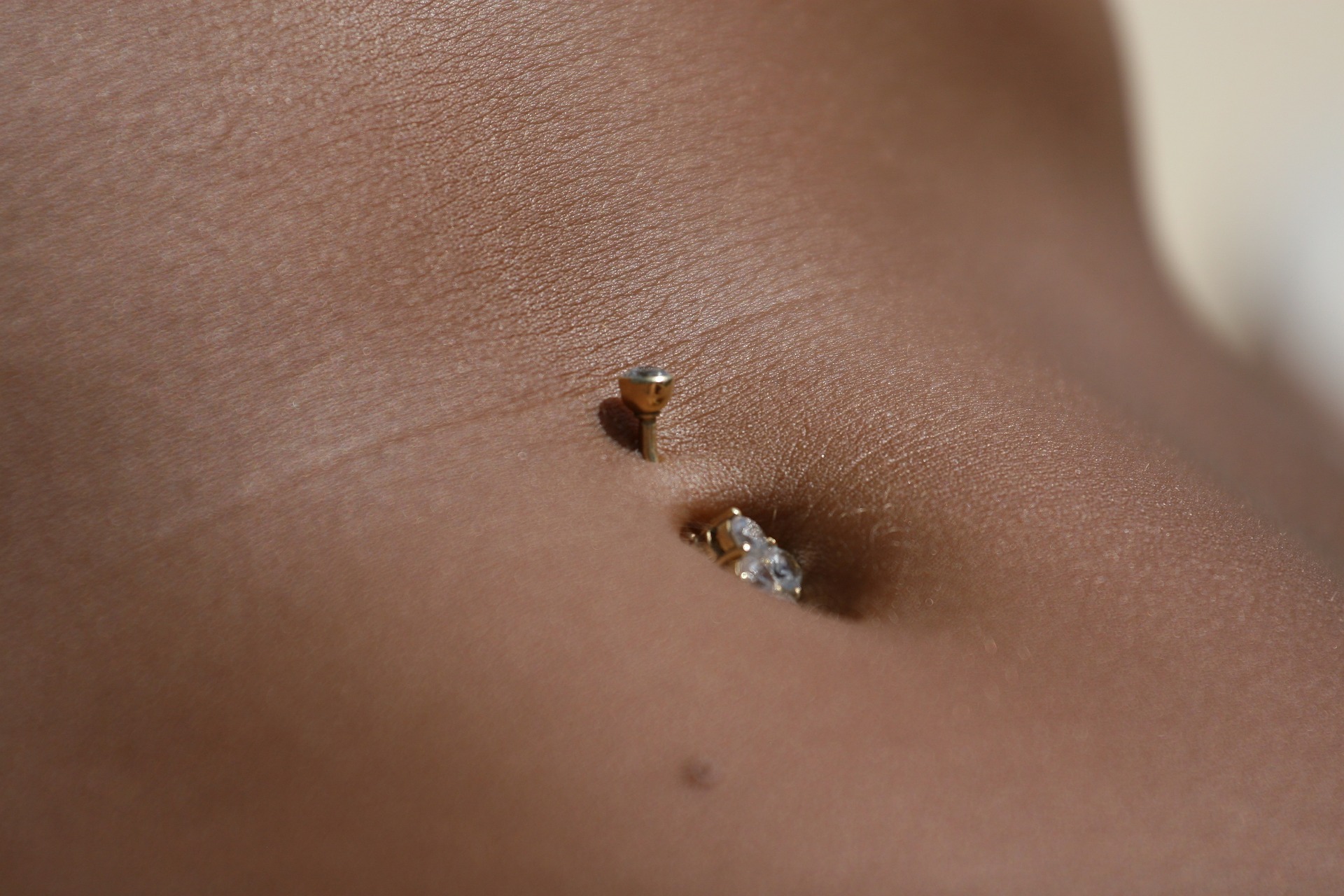Umbilicoplasty: The ins and outs of belly button plastic surgery
28 October 2016
By Plastic Surgeon Dr Dirk Kremer.
 Despite the fact that it is now autumn and bikini season is well and truly behind us for this year, I thought I'd discuss a new trend rising in popularity within the plastic surgery industry: belly button surgery.
Despite the fact that it is now autumn and bikini season is well and truly behind us for this year, I thought I'd discuss a new trend rising in popularity within the plastic surgery industry: belly button surgery.
There has been an increased number of requests for this type of plastic surgery, also known as an umbilicoplasty, especially during the summer months. The most common reason why people request this type of cosmetic surgery is to turn an 'outie' belly button into an 'innie'.
The rise of the umbilicoplasty
The rise in belly button cosmetic surgery has been felt the most in America, and it coincides with more people keeping themselves fit and active, and the returning fashion trend of showing off the midriff. The aesthetic procedure, which is more popular among women, also coincides with the growing popularity of image-based social media platforms such as Instagram and Snapchat. These online platforms are making us more aware of how we look, including the minutiae of our bodies; we’re suddenly becoming self-conscious about parts of our body we, up until now, rarely ever noticed, including the belly button.
Now that plastic surgery has become a topic that people are comfortable discussing in general, and people are happy to seek plastic surgery for themselves, it’s making people more at ease enquiring about procedures to fix or change parts of the body that aren’t the ‘common’ focus of cosmetic procedures.
Yes, belly button surgery is possible. In fact, belly buttons are just a person’s first scar, as it is the area in which the umbilical cord was removed after a person was born.
Why are people having belly button surgery?
It is most commonly believed that whether you have an ‘innie’ or an ‘outie’ belly button, it is determined by genetics, though some experts believe that post-birth care also plays a role. For example, you’re more likely to have an outie if the umbilical area was cleaned with alcohol following birth, as this would have more likely have fully dried up the remains of the umbilical cord.
It’s also possible to get an outie belly button later in life, this usually happens because of pregnancy or heavy weight gain.
According to one New York plastic surgeon, it is also possible for outies to be small umbilical hernias; this happens when tissue from inside the abdomen is pushed into the belly button.
People also undergo umbilicoplasty procedures to fix the results of a previous belly button piercing. Once the belly button ring has been removed, and given a few years of body changes, the piercing area can shift an inch or two above the belly button.
How long do umbilicoplasty procedures take?
Often, when people undergo a belly button procedure, they also have a tummy tuck or mini tuck at the same time, which can influence the procedure type, time and recovery period.
A straightforward umbilicoplasty procedure usually takes about 30-60 minutes, and is performed under local anaesthetic, while a more complicated abdominal procedure (umbilicoplasty and tummy tuck, for example) could take up to 3,5 hours and is usually performed under general anaesthetic with an overnight stay in the hospital.
Recovery can take anywhere between a couple of days and a couple of weeks depending on the procedure performed, and it is also recommended that if you have a belly button surgery in preparation for bikini season that you book the surgery for spring, so that any scars have time to heal properly.
If you’re looking for plastic surgery, I am a London-based plastic surgeon with worldwide experience, and I offer a range of cosmetic procedures at my clinic on Harley Street. Contact us for more information, or to book an initial consultation.
Virtual Consultations
Dr Kremer is now accepting virtual consultations, via Skype or WhatsApp. If you would like a virtual consultation, or would like more information, simply get in touch with us via phone, email or through our contact form and we will schedule a date and time for your consultation.



